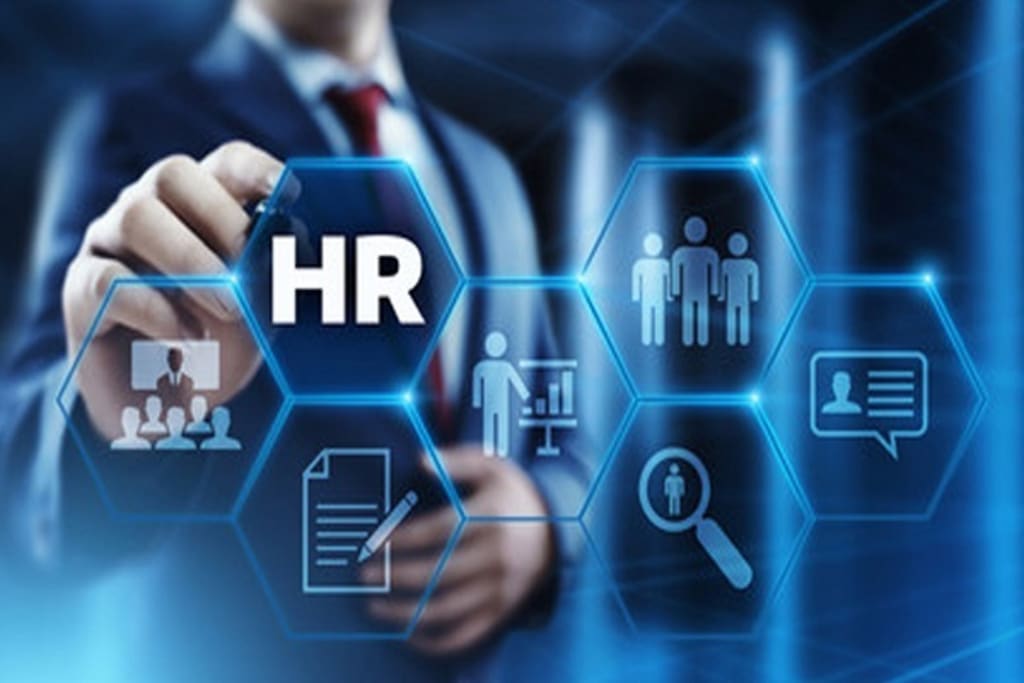HR Best Practices You Need to Follow in 2024
Best Human Resource Practices

Human Resource Management (HRM) continues to evolve rapidly, driven by technological advancements, changing workforce demographics, and the ongoing impact of global events. To remain competitive and attract top talent, HR leaders must adopt innovative and effective practices. This comprehensive guide explores the HR best practices you need to follow in 2024, focusing on areas such as employee engagement, diversity and inclusion, technology integration, continuous learning and development, and enhancing employee well-being.
Emphasizing Employee Engagement
Employee engagement remains a top priority for HR leaders in 2024. Engaged employees are more productive, motivated, and committed to their organizations. To foster a culture of engagement, organizations should focus on several key strategies.
Open and transparent communication is essential for building trust and engagement among employees. Regularly sharing company updates, strategic goals, and performance metrics with employees keeps them informed and aligned with the organization's vision. Using various communication channels ensures that information reaches all employees.
Recognizing and rewarding employees for their contributions is crucial for maintaining high levels of engagement. Implementing a comprehensive recognition program that acknowledges both individual and team achievements is important. Personalizing recognition efforts makes employees feel valued and appreciated.
Fostering Diversity, Equity, and Inclusion (DEI)
Diversity, equity, and inclusion (DEI) are critical components of a successful HR strategy in 2024. A diverse and inclusive workforce drives innovation, enhances employee satisfaction, and improves organizational performance. Developing inclusive hiring practices that attract a diverse pool of candidates is essential. Using unbiased job descriptions, diverse interview panels, and blind recruitment techniques minimizes bias in the hiring process.
Integrating Advanced Technology
Technology integration is a key driver of HR efficiency and effectiveness in 2024. Leveraging advanced technology solutions can streamline HR processes, improve data accuracy, and enhance the employee experience. AI and machine learning can automate routine HR tasks, such as resume screening, employee onboarding, and performance evaluations. These technologies can analyze large volumes of data to identify patterns and trends, enabling HR professionals to make informed decisions. AI-powered chatbots provide instant support to employees and answer common HR-related queries.
Visit this blog: employee empowerment in hrm
HR analytics tools provide valuable insights into employee performance, engagement, and retention. Using data analytics to identify trends, predict future workforce needs, and measure the effectiveness of HR initiatives is essential. Implementing dashboards and reporting tools to track key performance indicators (KPIs) helps make data-driven decisions.
Promoting Continuous Learning and Development
Continuous learning and development are essential for maintaining a competitive edge and preparing employees for future challenges. Developing personalized learning paths that align with employees' career goals and aspirations is important. Using learning management systems (LMS) to deliver tailored training content based on individual needs and preferences encourages employees to take ownership of their development.
Enhancing Employee Well-Being
Employee well-being is a critical aspect of HR strategy examples in 2024. A holistic approach to well-being includes physical, mental, and emotional health. Offering flexible work arrangements, such as remote work, flexible hours, and compressed workweeks, helps employees achieve work-life balance. Flexibility allows employees to manage their personal and professional responsibilities more effectively, reducing stress and burnout.
Providing access to mental health resources, such as counseling services, employee assistance programs (EAPs), and wellness workshops, supports employee well-being. Promoting a culture of openness and support where employees feel comfortable discussing mental health concerns is essential. Training managers to recognize signs of mental health issues and provide appropriate support is important.
Strengthening Organizational Culture
A strong organizational culture is the foundation of a successful HR strategy. In 2024, HR leaders should focus on building a culture that reflects the organization's values and promotes collaboration, innovation, and employee engagement. Clearly communicating the organization's vision, mission, and values to all employees ensures that these principles are reflected in all aspects of the business, from decision-making to daily operations. Reinforcing organizational values through regular communication, recognition, and performance evaluations is essential.
Encouraging employee involvement in decision-making processes and soliciting their input on important initiatives fosters a sense of ownership and commitment. It is crucial to create opportunities for employees to contribute ideas and participate in projects that align with their interests and expertise. Involving employees in decision-making helps build a positive culture and enhances employee engagement.
Enhancing Talent Acquisition and Retention
Attracting and retaining top talent is a critical aspect of HR strategy in 2024. Developing a strong employer brand that highlights the company's values, culture, and career opportunities is essential for attracting top talent. Using data-driven recruitment methods, such as social media, job boards, and employee referrals, helps reach a wide pool of candidates.
Offering competitive compensation and benefits packages that reflect industry standards and the value of employees' contributions is crucial for retention. Providing opportunities for career growth and development, along with a positive work environment, helps retain top talent.
Implementing a robust onboarding process ensures that new hires are integrated into the organization smoothly and effectively. Providing ongoing support and feedback during the onboarding process helps new employees acclimate to their roles and become productive quickly.
Emphasizing Compliance and Risk Management
Ensuring compliance with labor laws, regulations, and organizational policies is critical for minimizing legal risks and maintaining a fair and equitable workplace. Regularly reviewing and updating HR policies and procedures ensures they remain compliant with changing regulations. Training and education on compliance-related topics helps HR staff and managers stay informed and prepared to handle compliance issues effectively.
Implementing a risk management strategy that includes identifying, assessing, and mitigating potential risks helps protect the organization from legal and financial repercussions. Regularly conducting risk assessments and audits ensures that potential issues are identified and addressed proactively.
Leveraging Employee Feedback for Continuous Improvement
Regularly soliciting and acting on employee feedback is essential for continuous improvement. Conducting employee engagement surveys, focus groups, and exit interviews provides valuable insights into employee satisfaction and areas for improvement. Using this feedback to inform HR strategies and initiatives helps create a positive work environment and enhances overall organizational performance.
Implementing a feedback loop where employees can see the impact of their feedback on organizational changes demonstrates that their opinions are valued and encourages ongoing participation. Providing regular updates on actions taken based on employee feedback helps build trust and transparency.
Conclusion
As we move into 2024, hrms software company must adopt innovative and effective practices to stay competitive and attract top talent. Emphasizing employee engagement, fostering diversity and inclusion, integrating advanced technology, promoting continuous learning and development, enhancing employee well-being, strengthening organizational culture, enhancing talent acquisition and retention, emphasizing compliance and risk management, and leveraging employee feedback for continuous improvement are critical components of a successful HR strategy.
About the Creator
Superworks Marketing
Superworks is a cloud-based HRMS software that helps organizations manage and streamline their employee management processes.HR toolkit has free, readymade 300+ HR documents.
Enjoyed the story? Support the Creator.
Subscribe for free to receive all their stories in your feed. You could also pledge your support or give them a one-off tip, letting them know you appreciate their work.






Comments (1)
Interesting and delicious content, keep posting more.